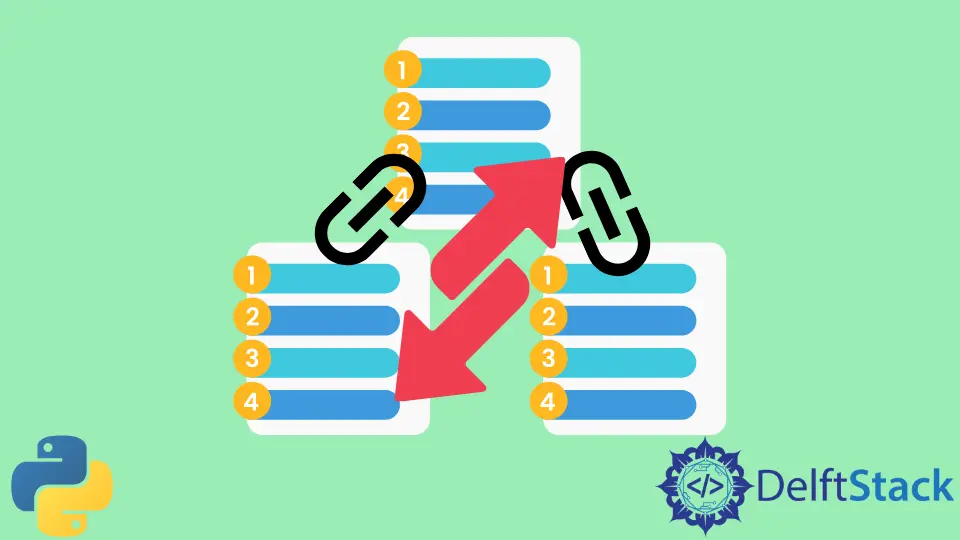How to Reverse a Linked List in Python

A linked list is a linear data structure in computer science that provides constant-time addition and deletion of elements. It is made up of nodes.
A single node stores some data and the address of the next node. The next node stores its data and the address of the next node. A single node only knows about the node it is pointing to. It has no information about the nodes that are pointing to it.
This structure allows us to add new nodes and delete existing nodes in constant time, given the node before it, unlike arrays, where we have to copy an array to a new array or shift the elements of an array to create room for addition and deletion.
In arrays, one can access elements in constant time with the help of indexes. But with linked lists, it takes O(n) time to access an element, where n is the length of the linked list.
Since a linked list is similar to an array in terms of structure (linear), we can also perform operations such as sorting, filtering, and searching over linked lists. We can use sorting and searching algorithms such as bubble sort, insertion sort, merge sort, quick sort, selection sort, binary search, and linear search over linked lists.
This article will show how to reverse a linked list using Python. Note that the code snippet considers a Node class representing a block of a linked list.
The Node class shall look as follows.
class Node:
def __init__(self, data):
self.data = data
self.next = None
Reverse a Linked List in Python
Refer to the following Python code to reverse a linked list in Python.
def reverse(head: Node) -> Node:
previous = None
current = head
next = None
while current is not None:
next = current.next
current.next = previous
previous = current
current = next
head = previous
return head
To understand the code, consider an example linked list, 1 -> 2 -> 3 -> 4 -> 5 -> None.
First, we declare three variables, previous, current, and next, that point to None, the head of the input linked list, and None, respectively. Next, we declare a while loop that ends when the current node points to None.
For each iteration:
- We store the next node of the
currentnode in thenextnode. - Set the next node of the
currentnode to thepreviousnode. - Reset the
previousnode to thecurrentnode. - Reset the
currentnode to thenextnode.
The following table represents how the values of variables, namely, previous, current, and next, change when the algorithm is applied for the above example.
previous |
current |
next |
|---|---|---|
| None | 1 | None |
| 1 | 2 | 2 |
| 2 | 3 | 3 |
| 3 | 4 | 4 |
| 4 | 5 | 5 |
| 5 | None | None |
The table cells above display the value being stored by a node.
